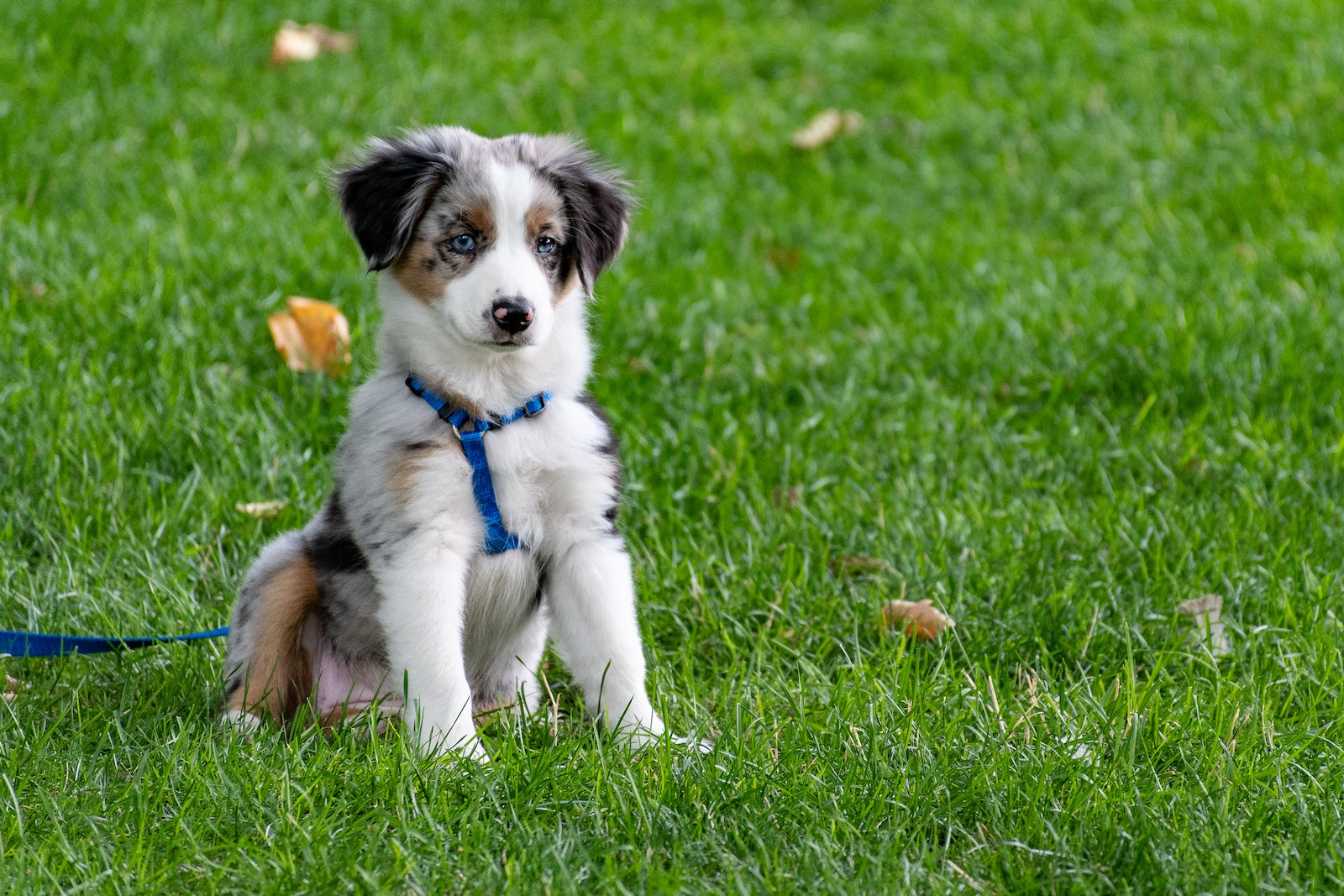Natural Pest Control for Pet-Friendly Gardens: Keeping Your Lawn Safe and Healthy

If you’re a proud pet owner and garden enthusiast, you know how important it is to create a safe and healthy outdoor space for both your furry friends and your plants. One key aspect of maintaining a beautiful garden while keeping your pets happy is natural pest control. In this article, we will explore the world of natural pest control methods that are not only effective but also safe for your beloved pets. So grab a cup of tea, sit back, and let’s dive into the wonderful world of pet-friendly gardens!
What is natural pest control?
What is natural pest control? It’s a safe and eco-friendly approach to managing pests in your garden without the use of harsh chemicals. Instead, it focuses on using natural substances and methods to deter or eliminate pests.
One common method of natural pest control is companion planting. This involves strategically placing certain plants together that have beneficial effects on each other. For example, planting marigolds near your vegetables can help repel insects like aphids.
Another popular technique is attracting beneficial insects such as ladybugs and lacewings to your garden. These insects feed on harmful pests like aphids, mites, and caterpillars, helping to keep their populations in check naturally.
Using organic insecticides made from natural ingredients like neem oil or garlic can also be effective at controlling pests while being safe for pets. These products work by targeting specific pests without harming beneficial insects or animals.
Implementing good gardening practices such as regular weeding, proper watering, and maintaining healthy soil can also go a long way in preventing pest problems before they even occur.
By embracing natural pest control methods in your pet-friendly garden, you not only create a safer environment for your furry friends but also contribute to the overall health of your lawn and surrounding ecosystem. So why not give it a try? Your pets will thank you.
Garden pests and how to control them
Garden pests can wreak havoc on your beautiful pet-friendly garden, causing damage to plants and creating an unsightly environment. It’s important to identify these pests early on and take appropriate measures to control them naturally, without harming your pets or the environment.
One common garden pest is aphids. These tiny insects can quickly multiply and suck the sap out of plant leaves, causing them to wilt and die. To control aphids, introduce beneficial insects like ladybugs or lacewings into your garden. These natural predators will feed on aphids and keep their population in check.
Another pesky pest is slugs and snails. These slimy creatures love to feast on tender foliage, leaving behind ragged edges or holes in leaves. Create barriers around vulnerable plants using copper tape or eggshells – slugs dislike crossing these sharp surfaces. You can also handpick them off plants during dusk or dawn when they are most active.
If you have a problem with ants invading your garden, try sprinkling diatomaceous earth around ant trails or near their nests. This fine powder damages the exoskeleton of ants upon contact, effectively eliminating them without posing any harm to pets.
Mosquitoes are not only annoying but can also transmit diseases like heartworms in dogs. To reduce mosquito populations naturally, eliminate standing water sources where they breed such as birdbaths or puddles in your yard. Planting aromatic herbs like rosemary, lavender, and basil can also help repel mosquitoes due to their strong scent.
By implementing these natural pest control methods in your pet-friendly garden, you’ll be able to maintain a safe outdoor space for both your furry friends and thriving plant life.
Pet-friendly pest control methods
Pet-friendly pest control methods can help you keep your lawn safe and healthy while ensuring the well-being of your furry friends. Instead of relying on harmful chemicals, there are several natural alternatives that can effectively control pests without posing a risk to pets.
One effective method is companion planting, which involves growing certain plants together to repel pests. For example, planting marigolds near vegetables can deter aphids and other insects. Another option is using nematodes, microscopic organisms that feed on garden pests like grubs and fleas. These beneficial creatures are harmless to pets but can provide effective pest control.
Additionally, you can create physical barriers around vulnerable areas in your garden to prevent pests from accessing them. Installing fences or netting around vegetable patches or flower beds can help keep out rabbits, squirrels, and other unwanted visitors.
Regular maintenance practices such as proper watering and pruning can also contribute to pest control by promoting plant health and preventing infestations. Removing dead leaves and debris where pests often hide will discourage their presence.
By implementing these pet-friendly pest control methods in your garden routine, you’ll be able to maintain a beautiful lawn while keeping your beloved pets safe from harm caused by toxic pesticides.
How can I make my garden more pet-friendly?
How can I make my garden more pet-friendly? The answer lies in creating a safe and stimulating environment for your furry friends. Here are some simple tips to transform your garden into a haven for both pets and plants.
Consider planting pet-friendly flowers, herbs, and shrubs. Avoid toxic plants such as lilies, daffodils, and azaleas that can be harmful if ingested by pets. Opt for pet-safe options like marigolds, sunflowers, catnip, or mint instead. Not only will these add beauty to your garden but they also provide sensory stimulation for your pets.
Next, create designated play areas where your pets can roam freely without disturbing delicate plantings. Install fences or use natural barriers like hedges to separate these zones from the rest of the garden. Incorporate interactive elements such as tunnels or agility equipment to keep them entertained and active.
Provide plenty of fresh water sources throughout the garden using bird baths or shallow bowls so that both birds and pets can quench their thirst on hot days.
Incorporate shady spots with comfortable seating where you and your furry companions can relax together. Utilize umbrellas or create shaded nooks under trees to protect them from excessive heat during summer months.
By following these simple steps, you’ll ensure that your beloved pets have a safe space within the garden while still enjoying all its wonders!
Conclusion
Creating a pet-friendly garden doesn’t mean sacrificing the health and beauty of your lawn. With natural pest control methods, you can keep unwanted pests at bay while ensuring the safety and well-being of your furry friends.
By understanding common garden pests and implementing effective control measures, such as companion planting, beneficial insects, and organic sprays, you can maintain a vibrant and thriving garden without resorting to harmful chemicals.
Remember to always research the specific needs of your pets before introducing new plants or products into your garden. And don’t forget to provide plenty of fresh water, shade, and shelter for your pets during outdoor playtime.
With a little planning and effort, you can create a harmonious space where both your beloved pets and beautiful gardens can coexist peacefully. Embrace nature’s way of pest control in order to keep your lawn safe, healthy, and enjoyable for all members of the family – furry or not!
So go ahead – let nature be an ally in maintaining a pet-friendly garden that brings joy to everyone who spends time there. Happy gardening!





